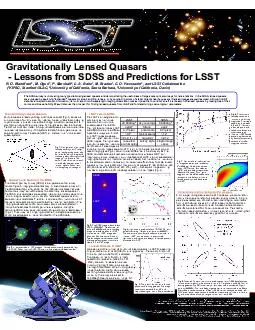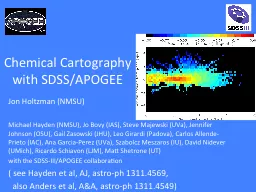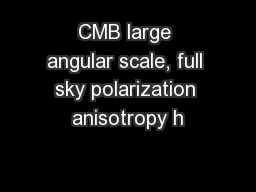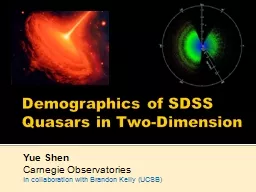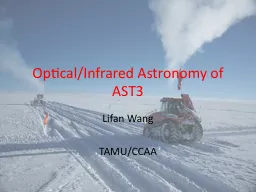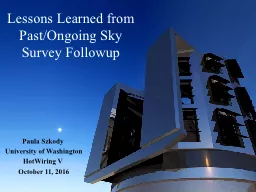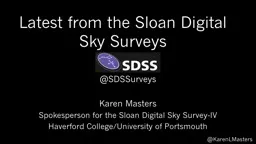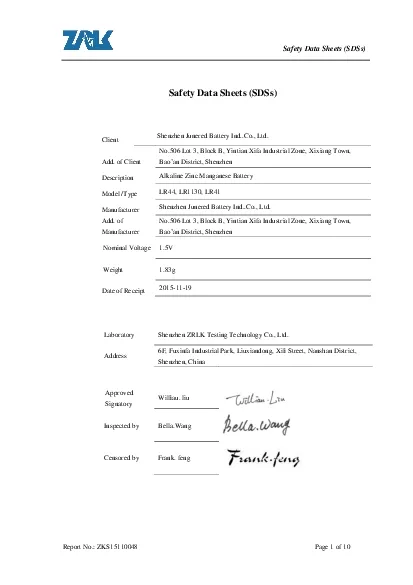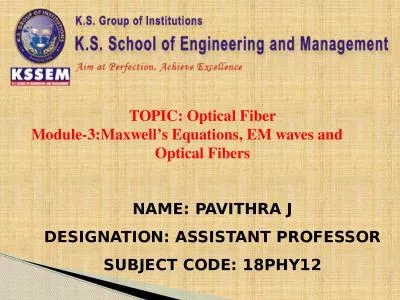PDF-The Sloan Digital Sky Survey (SDSS) is a large-scale optical survey co
Author : pamella-moone | Published Date : 2016-12-28
Fig 2 SDSSLSST Lightcurve of quadruple lens RXJ113112 fromoptical monitoring Morgan et al astroph0605321 Here we predict the number distribution of lensed quasars
Presentation Embed Code
Download Presentation
Download Presentation The PPT/PDF document "The Sloan Digital Sky Survey (SDSS) is a..." is the property of its rightful owner. Permission is granted to download and print the materials on this website for personal, non-commercial use only, and to display it on your personal computer provided you do not modify the materials and that you retain all copyright notices contained in the materials. By downloading content from our website, you accept the terms of this agreement.
The Sloan Digital Sky Survey (SDSS) is a large-scale optical survey co: Transcript
Download Rules Of Document
"The Sloan Digital Sky Survey (SDSS) is a large-scale optical survey co"The content belongs to its owner. You may download and print it for personal use, without modification, and keep all copyright notices. By downloading, you agree to these terms.
Related Documents

